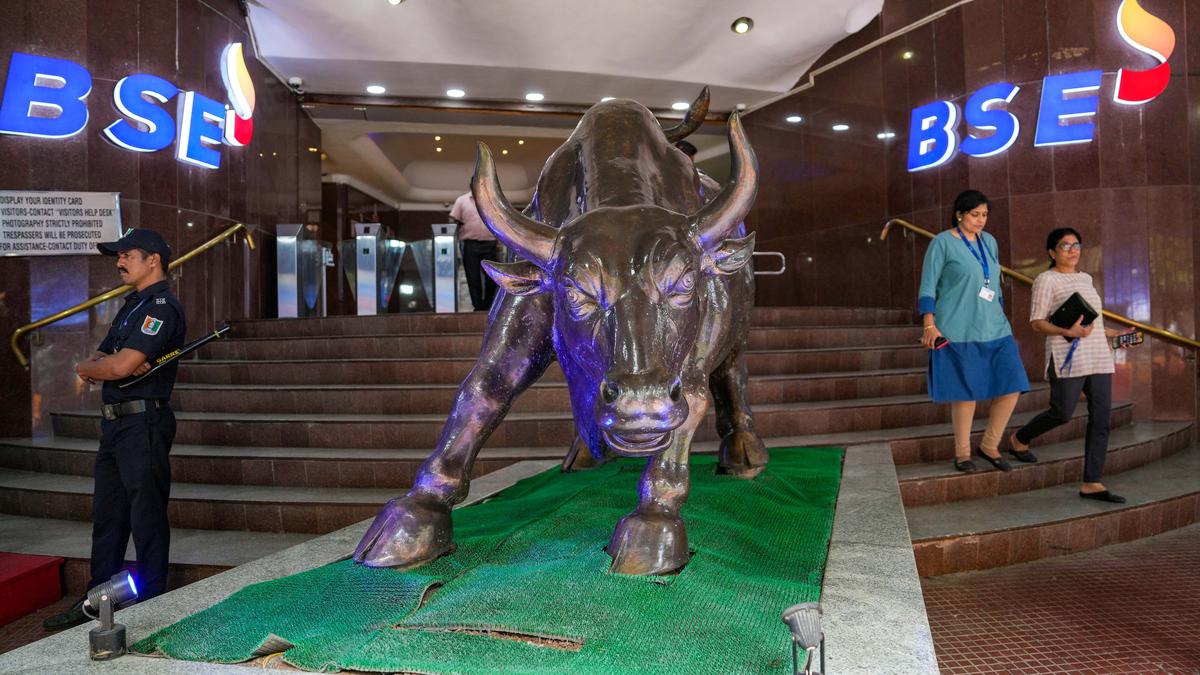Rajeev Chandrasekhar, Minister of State for Skill Development and Entrepreneurship and Electronics and Information Technology. File photo.
| Photo Credit: The Hindu
The $2.75 billion semiconductor plant in Gujarat by the US-headquartered Micron Technology, Inc. will have its groundbreaking on Saturday, Minister of State for Electronics and Information Technology Rajeev Chandrasekhar told reporters on Friday. The progress on the plant “signals that there is a growth that is currently not visible but will soon manifest itself,” Mr. Chandrasekhar said.
The plant is being built with Union and State government subsidies amounting to 70% of the project cost. Mr. Chandrasekhar reiterated the government’s defence of these subsidies, reasoning that after 2026–27, when the Production-Linked Incentive schemes for various IT hardware and electronics manufacturing projects end, the industry may have well grown to be globally competitive.
“The difference with growing slowly and surely is that we’ll not be able to give you all these glitzy milestones,” Mr. Chandrasekhar warned, indicating that semiconductor manufacturing will take time to establish itself in India. “This is a foundational milestone for the growth” of the industry, he said of the Micron plant. IT Minister Ashwini Vaishnaw had echoed Micron’s estimate that the plant should start output by December 2024.
Design incentives
The Minister said that India was approaching the semiconductor ecosystem from both the assembly side as well as prioritising design and engineering. “Arm debuted on the stock markets four days ago, and it is valued at $65 billion without fabs,” Mr. Chandrasekhar said, referring to the UK-based semiconductor design firm and fabrication units where semiconductors, or chips, are made.
Qualcomm, Inc. and NVIDIA Corporation both also do not have their own fabs, and yet outrank many large firms that do by valuation, Mr. Chandrasekhar pointed out.
The Design-Linked Incentive scheme for promoting development of the intellectual property for semiconductor development has received dozens of applications, Mr. Chandrasekhar said, adding that the Government was working on facilitating multinational firms that want to work with startups in India — as long as the developed products’ patents are registered in India. Seven DLI applications have been approved so far.
‘Trusted sources’
Mr. Chandrasekhar held firm on the import licensing regime put in place for IT hardware such as laptops, servers, tablets and all-in-one PCs. “80% of supplies to our digital ecosystem comes from imported sources,” Mr. Chandrasekhar said, not naming China directly. “We want to make sure the sources are trusted.”
A draft version of the “import management system” for such hardware would be shared with representatives of IT hardware companies on Friday, Mr. Chandrasekhar said. “As a part of emphasising trust, the Indian component of [the IT hardware] supply chain will have to grow” as a proportion of the devices sold here, the Minister said. Around 8–10% of local hardware demand is fulfilled by locally assembled devices, a number Mr. Chandrasekhar said he hoped would reach 65–70% in the next four years.











